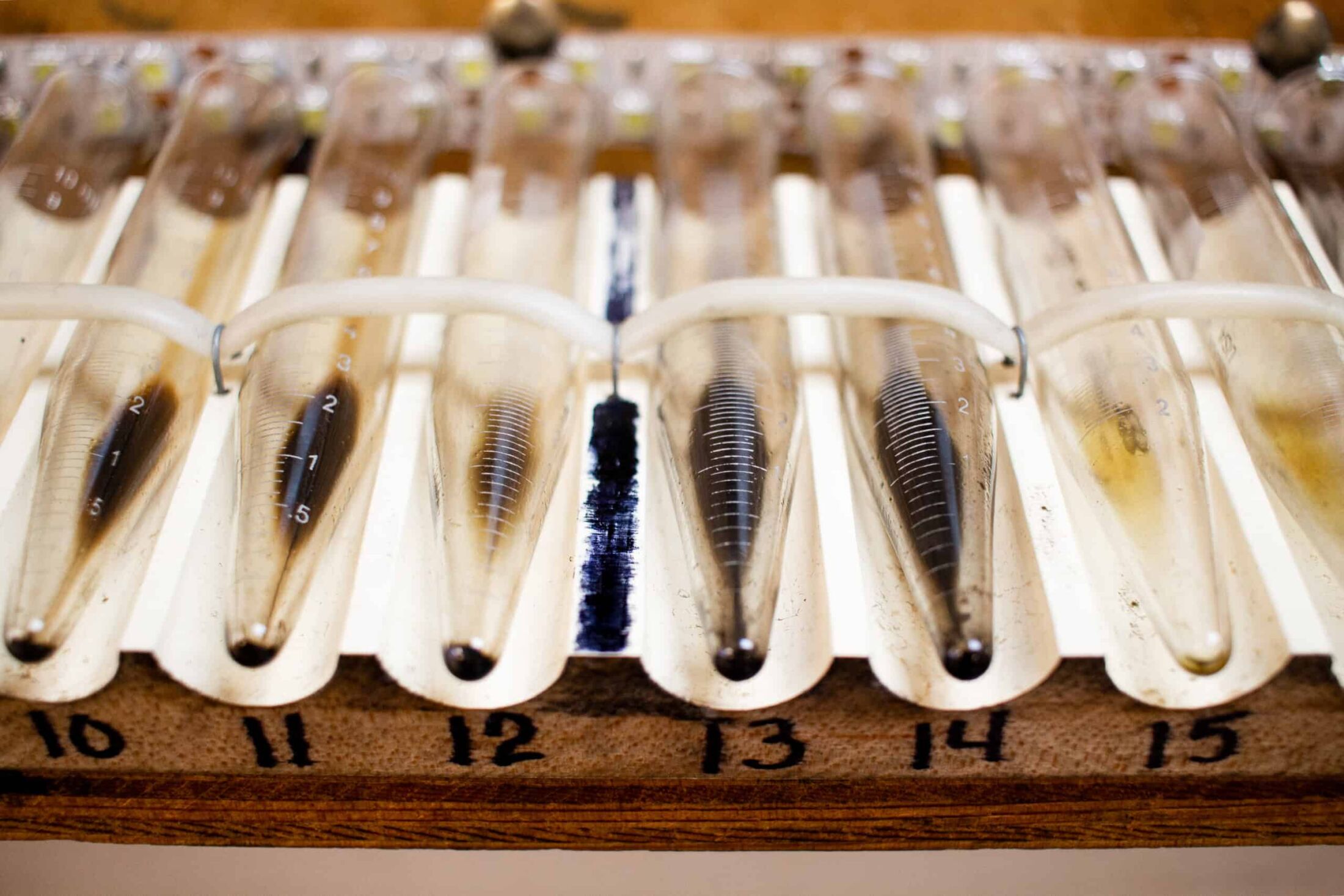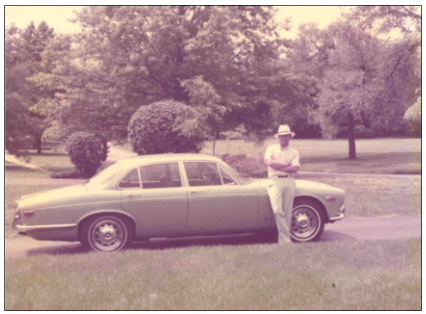Insolubles in Aircraft Oil
What are insolubles & why do they matter?

Once upon a time I lived in primitive conditions as a soldier in a war zone. We had few amenities, eating our three daily meals from a can. The morning coffee routine wasn’t very refined, either. The cooks worked in a tent. They heated water for coffee in large 15-gallon pans over a gasoline-fired stove. To make coffee they simply dumped tins of ground coffee beans into the boiling water, and after it steeped for a while, the water turned brown. When it appeared to be the right color, the heat was turned down and the churning grounds—at least most of them—settled to the bottom. If you were early when you passed through the chow line, you got a top-of-the-brew serving that wasn’t bad. If you were late and your cuppa joe came from somewhere near the bottom, you could chew it.
We enjoyed the coffee grounds in our coffee as much as your engine enjoys insoluble materials in its oil. These days, there’s usually only one reason I find grounds in my coffee: the coffee filter failed for one reason or another. Usually, one or more of the filter pleats has laid down, letting grounds overflow the rim. But the insolubles in your aircraft’s oil are not quite as simple as the grounds in my Mr. Coffee machine. There are many reasons that insolubles form in an aircraft oil sample.
What are insolubles?
Insolubles are the total solids we find in an oil sample. Insolubles are often caused by oxidation, which is a natural process that occurs when oil is exposed to heat or oxygen (in the air). Oxidation leaves free carbon in the oil when the oxygen molecules combine with hydrogen.
Virgin oil usually doesn’t have any insoluble materials in it. When it occasionally does, the most we normally find is a trace level. The insolubles in virgin oil are from the normal oxidation process of the oil.
At least some of the insolubles in the oil samples we analyze are free carbon particles, which are hard particles that can damage sensitive, close tolerance parts like friction bearings. Keeping insolubles within the normal range is important to most aircraft engine operators wishing to get the longest life possible from their engines.
Measuring insolubles
There are various methods of measuring insolubles in the oil. One is to draw the oil through a very fine filter (½ micron) and then weigh the filter. The filter’s weight gain is reported as a percentage of insoluble materials by weight, compared to the weight of the sample that was drawn through the filter. Another measuring method rates the darkness of the filter patch compared to a standard.
The insolubles test we use at Blackstone is a centrifuge method. A measured volume of oil is mixed with a heated solvent, agitated, and spun at high speed. Insoluble materials collect at the bottom of a tapered glass tube and can then be measured as a percentage of the sample by volume.
We like to see insolubles in piston aircraft engines at or below 0.5 or 0.6% of the sample, depending on the type of engine. Some engines run cleaner than others, so the acceptable range can vary.
As engines age, insolubles in the oil tend to increase. You may think, judging from the gray appearance of used aircraft engine oils, that the insoluble level would be quite high. Actually, the grayness of these samples is from lead in the oil, which easily falls out of suspension in the oil and forms insolubles. Blow-by, fuel system problems, and combustion problems will cause the oil to be black rather than gray. If you observe black oil when you collect the sample, you may have a problem that needs investigating.
Why do I have high insolubles?
The insolubles test is a good measure of how fast the oil is oxidizing and receiving contaminants from blow-by or other engine systems, and how effectively the system’s oil filtration is functioning. Any contaminant in the oil will accelerate its tendency to oxidize, so the insolubles test is a good crosscheck when we suspect a contaminant like gas, moisture, or excessive blow-by. Excessive metals in an oil will also increase the oxidation process. So will frequent and/or extreme heat cycles.
If we found high insolubles but no contamination from fuel or blow-by in your oil, and your oil change intervals are normal, we might mention a problem at oil filtration as a possible cause of the insolubles. The oil filter bypass valve may relieve if the filter was becoming restricted. The filter system bypass could also open upon cold starts when the oil is too thick to pass through the filter media, which may be partially restricted. Once the bypass relieves, the filter is effectively out of the system. Insolubles may also be forming because your oil use interval is too long, and the filter can’t keep up.
Insolubles are just one of the tests we provide to determine the condition of your piston aircraft engines and used oils. It’s an important test that helps us gauge the condition of your oil and engine, and helps keep you flying happily for many hours to come!
Related articles
A New Wave
Saying goodbye to my 1984 Chevy
TBNs & TANs: Part 2
Determining how heat affects the TBN and TAN of the oil
Finishing the RV-12
The last article in our series on finishing the RV-12
In the Thick of it!
Five cities, five days, 5000+ cars: the 2024 Hot Rod Power Tour!









